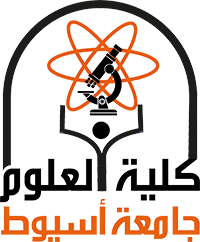Oxidative stress is an imbalance between radical-generating and radicalscavenging
activity, resulting in oxidation products and tissue damage. This study was
aimed to evaluate the status of oxidative stress indices in blood of camels naturally
infested with S. scabiei. Forty-seven male camels (Camelus dromedaries) were divided
according to the extent of the infested area with Sarcoptes scabiei into four groups, mild
(MID, n=12), moderate (MOD, n=10), severely infested (SEV, n=10) and healthy control
group (n=15). Blood was used for determination of red cell count (RBC), hemoglobin
(Hb), packed cell volume (PCV), serum nitric oxide (NO•, a free radical), ascorbate and
albumin concentrations, and erythrocytic values of malondialdehyde (MDA, a marker of lipid
peroxidation), protein carbonyls (PC, an indicator of protein oxidation), glutathione (GSH)
superoxide dismutase (SOD) and catalase (CAT). Decreased levels (P<0.05) of RBC, Hb,
PCV, albumin and ascorbate were noticed in MOD and SEV compared to controls with the
lowest values (P<0.05) in SEV except for ascorbate, where MOD did not differ from SEV.
Compared to controls, NO• gradually increased (P<0.05) in MID followed by MOD and
SEV, whereas MDA and PC were higher (P<0.05) in MOD and SEV. PC was higher (P<
0.05) in MOD than SEV. In addition, the antioxidants GSH, SOD and CAT were higher (P<
0.05) in MID and lower (P<0.05) in MOD and SEV compared to controls. GSH was lower
(P<0.05) in SEV compared to MOD. Besides, Hb was negatively correlated with NO• (r=
−0.68, P<0.001), MDA (r=−0.53, P<0.001) and PC (r=−0.73, P<0.001). In conclusion,
dromedary sarcoptosis is accompanied by a state of oxidative stress process, which increased
by increasing the area of infestation, and may contribute to the pathogenesis of the disease.
Research Abstract
Research Department
Research Journal
Vet Res Commun
Research Member
Research Vol
Vol.35
Research Year
2011
Research Pages
PP.35–45

